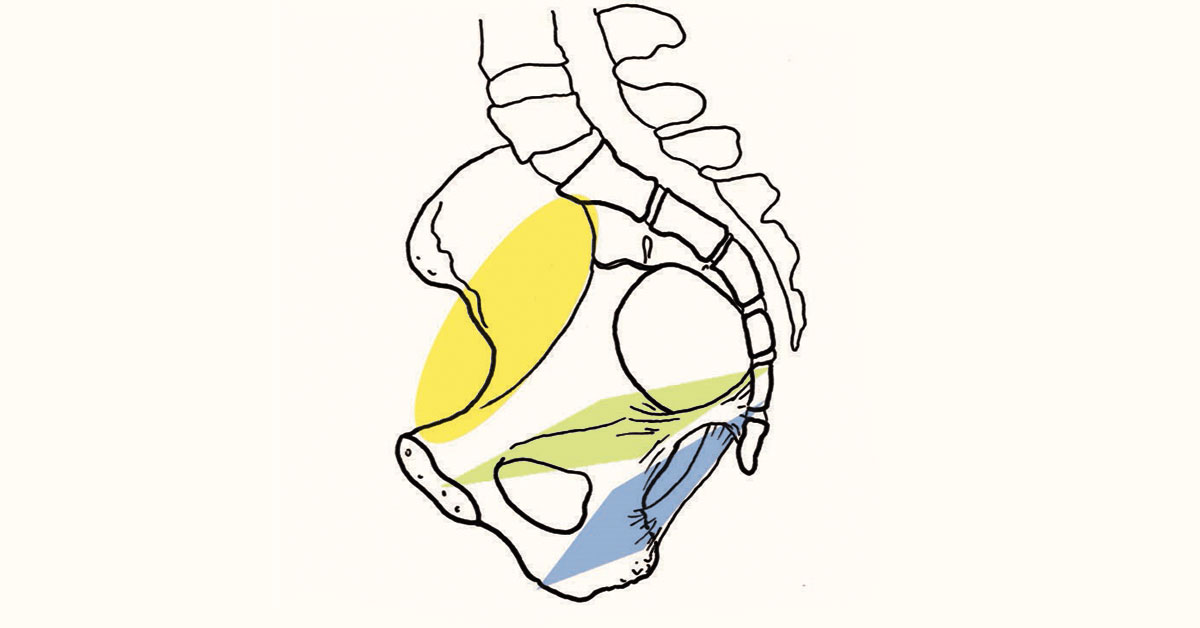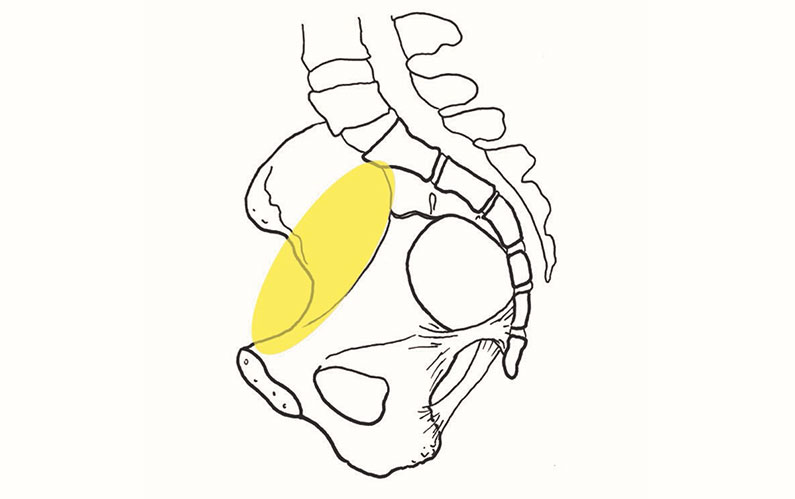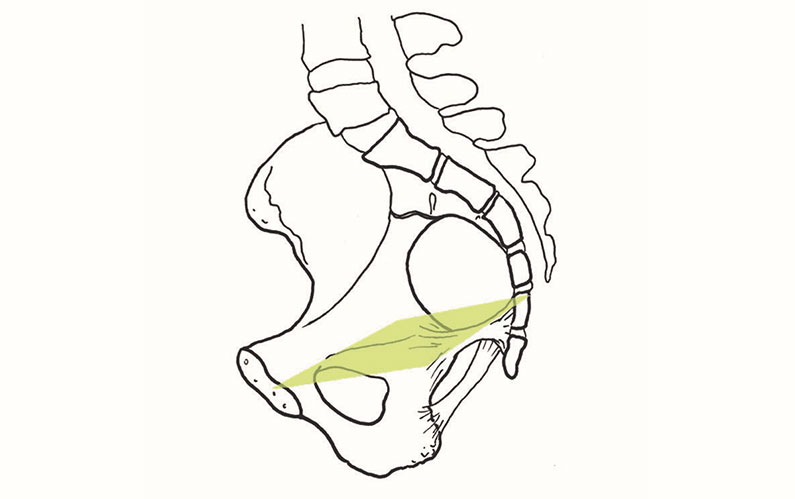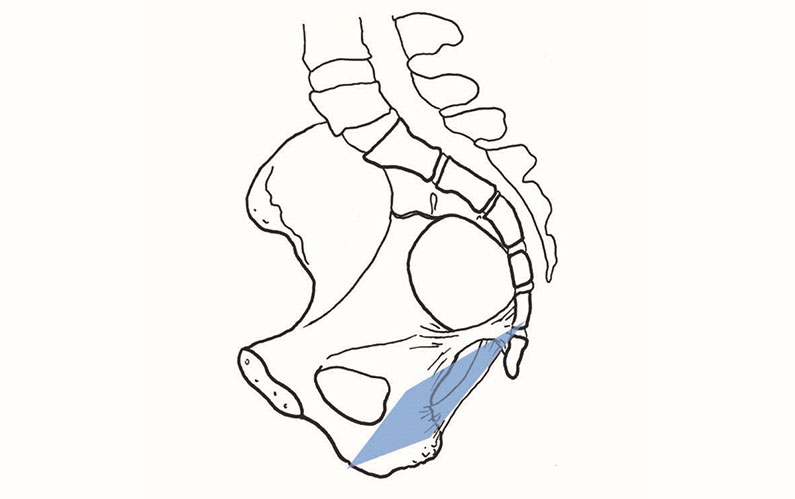
Spinning Babies® offers the world’s first complete system of matching birth positions and labor progress techniques to the five levels of the pelvis. We simplify the path to learning by focusing on three levels: the inlet, mid-pelvis, and outlet.* Spinning Babies® Pelvic Levels Solutions℠ helps you resolve birth dystocia by understanding where baby is stalled in the pelvis and taking action to resolve any lack of progress.
Levels of the pelvis is not a new way to refer to location of fetal descent. The DeLee system uses centimeters above and below the ischial spines and calls these points of measurement “stations of the pelvis.” In the Hodge system, five levels correspond to pelvic diameters. Explore either pelvic stations or “Hodges” and femur positions and their relationship to pelvic diameter measurements in Calais-Germain.
The Spinning Babies approach to matching birth positions to the specific levels is new. To know which birth position to use, we must understand how the pelvis changes with body position (legs and spine). Then we can quickly change positions for emergencies and choose comfortable positions for resting that help advance labor.
Let’s briefly explore Spinning Babies® Pelvic Levels Solutions℠.

We spend quite some time on inlet issues because many cesareans are for “failure to progress,” when baby is at -3 station or nearby and unengaged in spite of regular contractions. A baby who seems too big to fit the pelvis is often simply unengaged. Lack of engagement can be due to soft tissue spasms causing the sacrum to be less mobile, a twist in pelvic joints (misalignment by those muscle spasms), or because the choice of birth positions actually closes the inlet, rather than opening the inlet.

Physiological solutions for deep transverse arrest and asynclitism—indications for cesarean—include the Sidelying Release and lunge. Expect better outcomes for these dystocia using these birth positions.

A common issue of Station +2 is a thickened sacrotuberous ligament. Spasm in this ligament pulls the sacrum in and reduces space for baby’s rotation or descent. The two-day Spinning Babies® Workshop includes a lesson on how to release the sacrotuberous ligament. A summary can be found in a previous post called Sacrotuberous Ligament Release.
*The Spinning Babies® Workshop explores in-depth solutions for dystocia in these three levels of the pelvis. Labor and Birth with Spinning Babies® covers this, as well as the other two levels. The Spinning Babies® Quick Reference helps you put this and more information together for easier birth. Spinning Babies offers the first systemized teaching in history (or herstory) on what to do when babies are stalled in the various levels of the pelvis.
Further Reading:
Upcoming Workshops
[tribe_events_list limit=”4″]